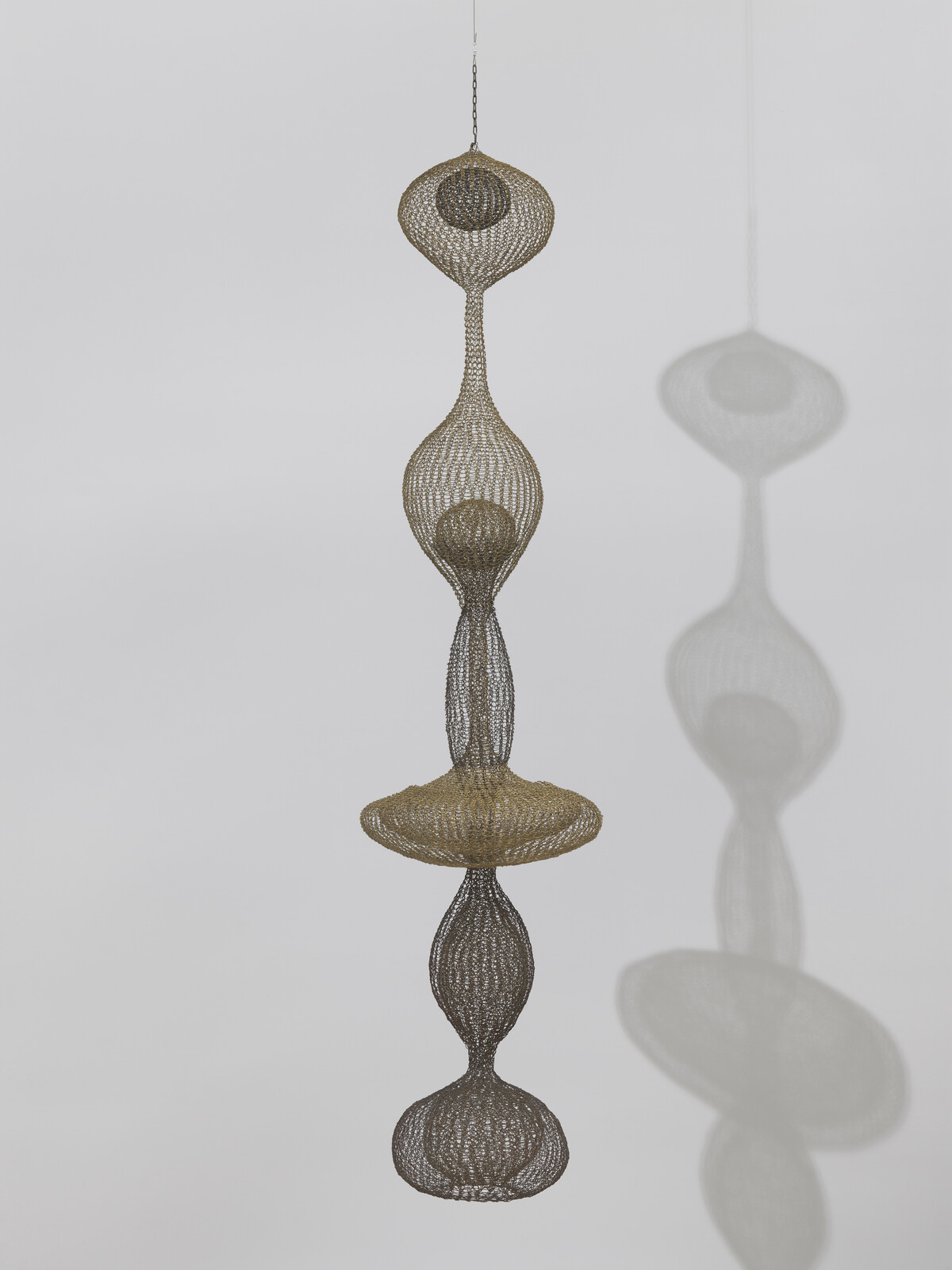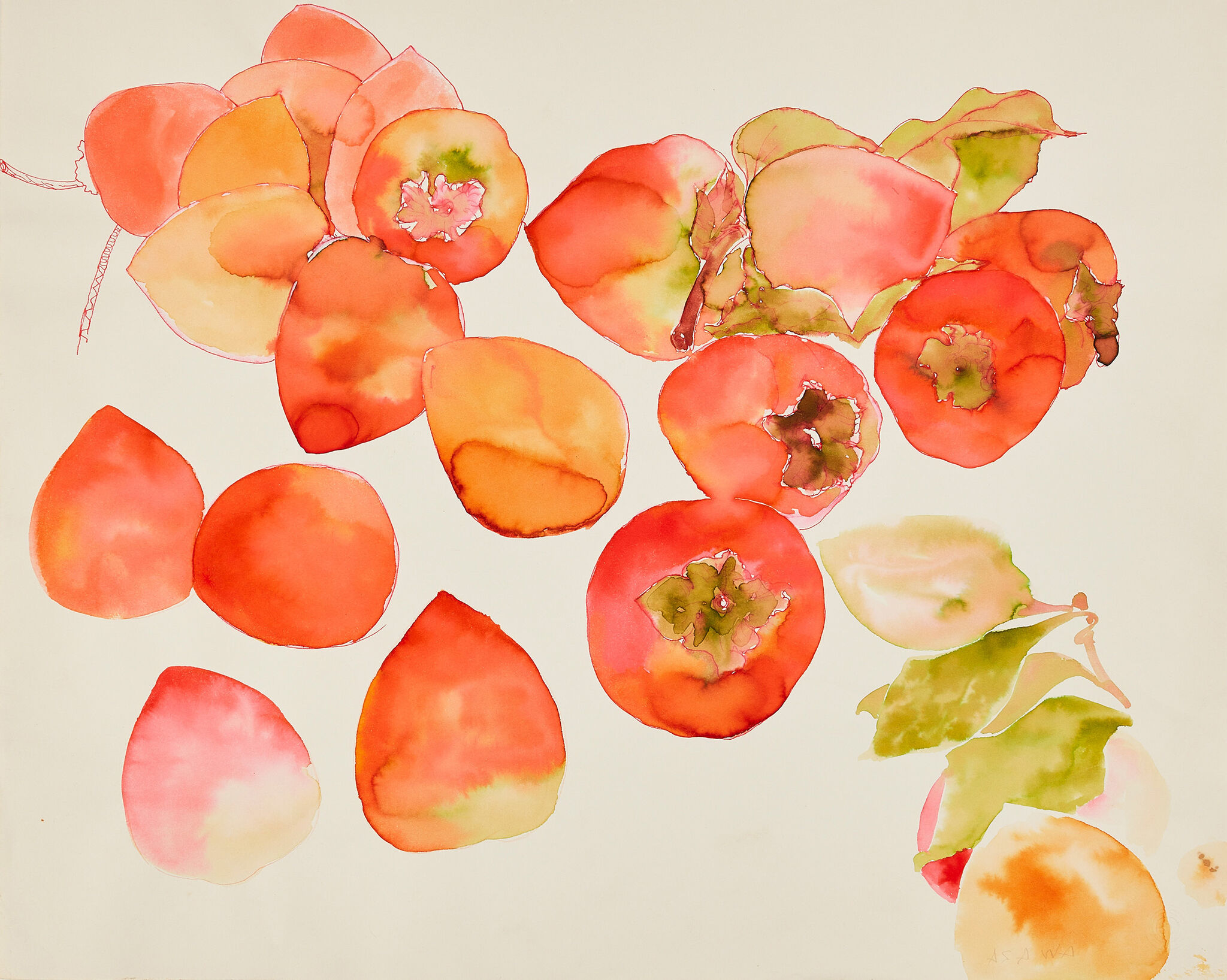Laurence Cuneo, Addie Laurie Lanier and Aiko Cuneo discussing a paperfold model for San Francisco Japantown's Origami Fountains (PC.006), 1975
Aug 30, 2023
0:00
Laurence Cuneo, Addie Laurie Lanier and Aiko Cuneo discussing a paperfold model for San Francisco Japantown's Origami Fountains (PC.006), 1975
0:00
Addie Lanier and Aiko Cuneo: It's so funny to see us together. You see a family resemblance, don't you? Yeah.
Aiko Cuneo: Okay. I am Aiko Cuneo, and that's me on the right there. I'm the eldest daughter of Ruth and Albert.
Addie Lanier: I'm Addie Lanier. I'm the younger daughter.
So you guys understand that my mother, of course, her studio was in her home. So this paper folding, the scoring of this paper was, the paper's six feet wide. And it came on a roll. It was from a printer, so it was kind of a heavier weight card stock. So we're scoring the lines, the vertical lines, using T-squares, but you've got to get a T square that's going to go across a six foot piece of paper. So I remember it being this kind of large undertaking
Aiko Cuneo: You can see that we have a model in my hand there. I'm holding one that is made the same idea, but it's using one inch graph paper that they have in elementary schools, usually used for math.
Narrator: Asawa had six children, and she made her artmaking a part of every aspect of her home life.
Aiko Cuneo: The other thing is we learned how to do this kind of paper folding fairly young. I know I was doing it when I was probably eight, nine, or ten. It's a good exercise. Don't you think?
Addie Lanier: Yeah. It's a great exercise. It's always a challenge. And she folded until the bitter end. Until she really couldn't do it, she folded paper.
Aiko Cuneo: I think a lot of my mother's work is that very kind of intense, meditative, repetitious work, then what she does to change it makes it even more her own. I mean, I think she was a scientist who happened to be an artist. Just what happens if, what happens if.


